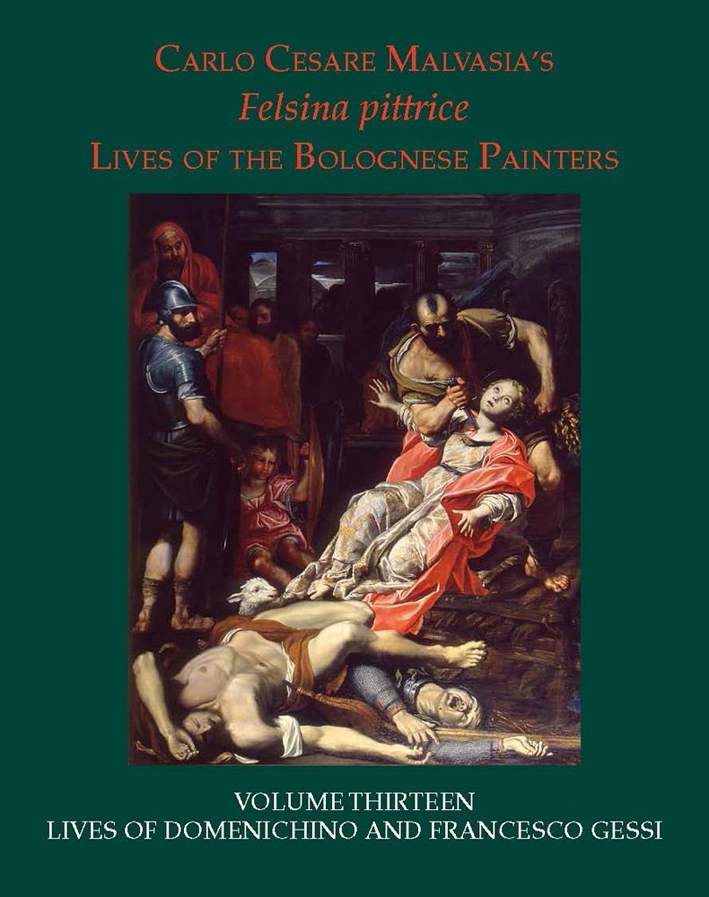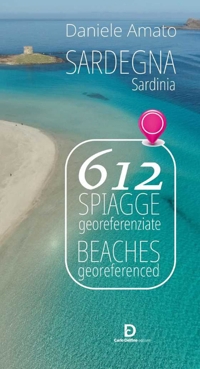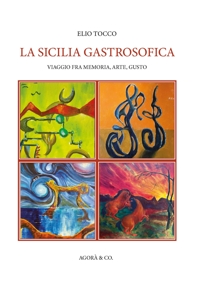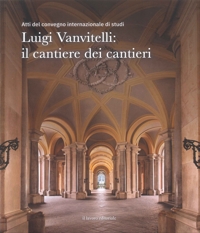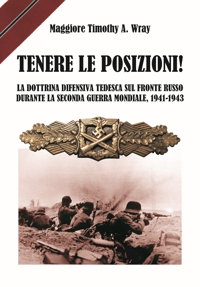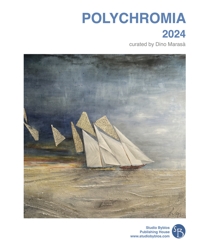Felice Palma. Massa 1583-1625. Collezione / Collection.
Texts by Andrei Cristina, Ciarlo Nicola, Federici Fabrizio, Claudio Casini and Sara Ragni.
Italian and English Text.
Pontedera, 2024; bound in a case, pp. 289, b/w and col. ill., b/w and col. plates, cm 24,5x34.
(L'Oro Bianco. Straordinari Dimenticati. The White Gold Forgotten Masters).
cover price: € 160.00
|
Books included in the offer:
Felice Palma. Massa 1583-1625. Collezione / Collection.
Texts by Andrei Cristina, Ciarlo Nicola, Federici Fabrizio, Claudio Casini and Sara Ragni.
Italian and English Text.
Pontedera, 2024; bound in a case, pp. 289, b/w and col. ill., b/w and col. plates, cm 24,5x34.
(L'Oro Bianco. Straordinari Dimenticati. The White Gold Forgotten Masters).
FREE (cover price: € 160.00)
Le botteghe del marmo
Italian and English Text.
Ospedaletto, 1992; bound, pp. 153, 10 b/w ill., 60 col. ill., cm 24x29.
(Immagine).
FREE (cover price: € 34.49)
Museo Stefano Bardini. I Bronzetti e gli Oggetti d'Uso in Bronzo
Edited by Nesi A.
Firenze, 2009; paperback, pp. 191, 102 b/w ill., 7 col. ill., cm 17x24,5.
(Museo Stefano Bardini).
FREE (cover price: € 30.00)
Bronzetti e Rilievi dal XV al XVIII Secolo
Bologna, 2015; 2 vols., bound in a case, pp. 729, ill., col. plates, cm 21,5x30,5.
FREE (cover price: € 90.00)
Carlo Cesare Malvasia. Felsina Pittrice. Volume 13: Lives of Domenichino and Francesco Gessi
Lorenzo Pericolo
Harvey Miller Publishers
Edited by E. Cropper and L. Pericolo.
Italian and English Text.
London, 2013; bound, pp. XXIV-414, 151 col. ill., cm 22x28.
(Felsina Pittrice. The Lives of the Bolognese Painters. 13).
series: Felsina Pittrice. The Lives of the Bolognese Painters
ISBN: 1-909400-00-9 - EAN13: 9781909400009
Subject: Painting
Period: 1400-1800 (XV-XVIII) Renaissance
Languages: 

Weight: 2.27 kg
Malvasia reports that he did not know Domenichino, and his reconstruction of the career of the master as he moved among Rome, Naples, and Bologna stands in stark contrast to Giovan Pietro Bellori's more sympathetic account, published in 1672. If, to redeem the supremacy of the Bolognese school, Malvasia downplays the problem of Domenichino's "erudition" and "fertility" of invention, he does so with hesitation and among unresolvable contradictions. His assimilation of Domenichino's art to the Roman and Tuscan canon is, then, profoundly polemical. In this light, Malvasia's life of Domenichino can be defined as the most tormented and ultimately unsuccessful eulogy in the Felsina pittrice: a great piece of art-historical criticism about an artist whose greatness Malvasia could not deny.
Malvasia's assessment of the artistic personality of Francesco Gessi turns upon the painter's rivalry with his master, Guido Reni, whose perfection in painting nevertheless remains unmatchable. In relating how Domenichino snatched away the highly talented Giovan Battista Ruggeri from his previous master, Francesco Gessi, Malvasia turns the conflicts inherent in Domenichino's life into a generational struggle between artistic factions. In the process, Malvasia provides important biographical information about Giovan Giacomo Sementi, another of Guido's disciples and Gessi's lifelong rival.
Gian Pietro Brogiolo; Aurora Cagnana € 18.05
€ 19.00 -5 %
Daniele Amato € 19.00
€ 20.00 -5 %











